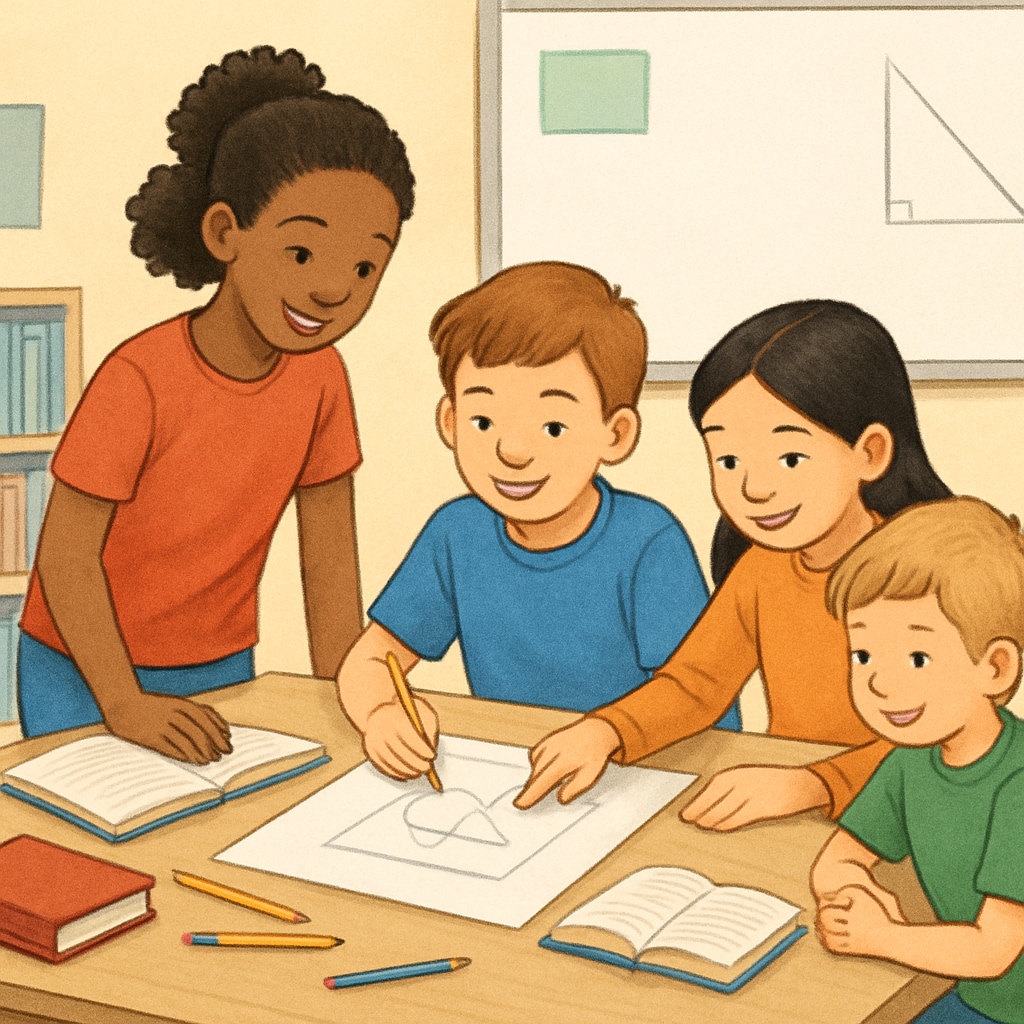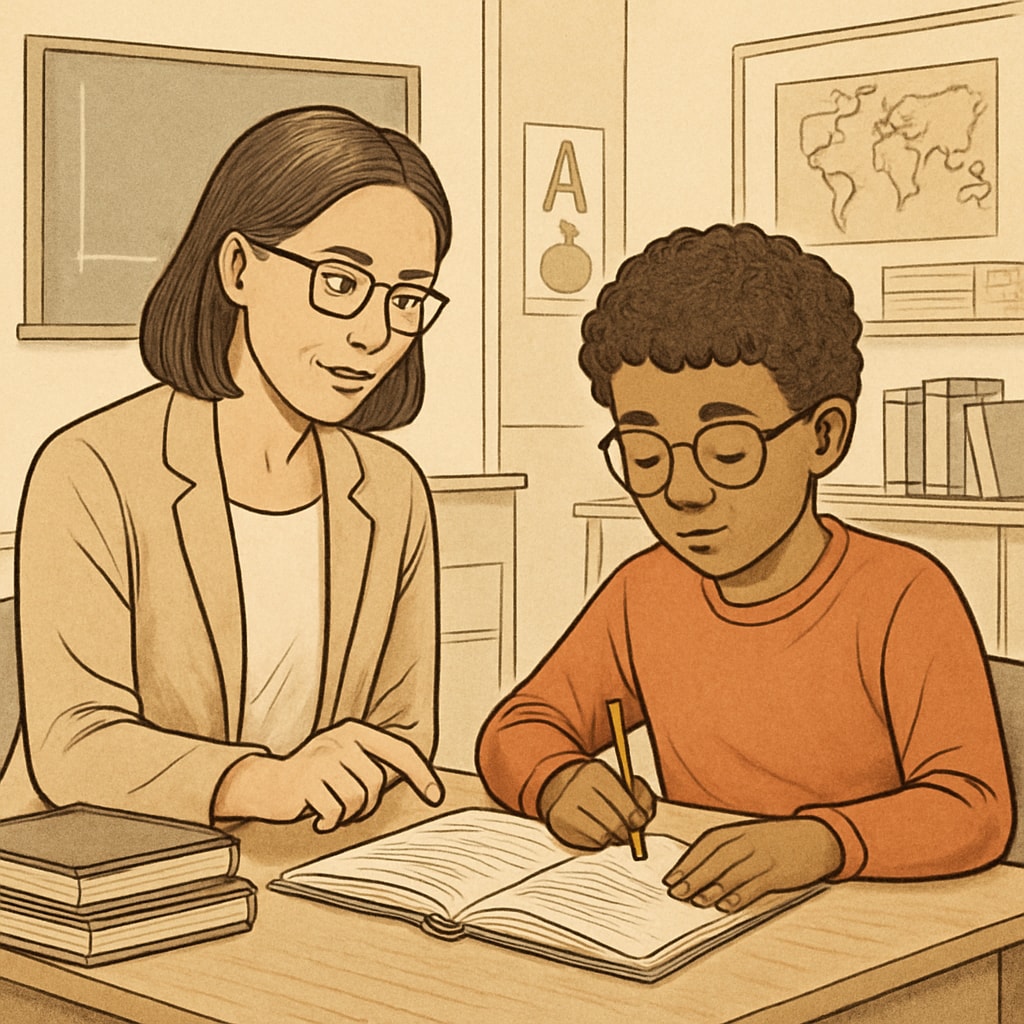Many gifted programs rely heavily on standardized testing as the primary method to identify high-potential students. Unfortunately, this approach often excludes students with ADHD (Attention Deficit Hyperactivity Disorder), who may possess exceptional talents but struggle to meet traditional academic benchmarks. This systemic oversight raises critical questions about fairness, inclusion, and the broader definition of intelligence.
The Challenges ADHD Students Face in Gifted Program Selection
For decades, standardized testing has been the cornerstone of gifted program selection. While these tests aim to measure intellectual ability, they often fail to account for neurodiverse conditions like ADHD. Students with ADHD may exhibit strong creative thinking, problem-solving skills, or advanced verbal abilities, yet their difficulties with attention regulation or executive functioning can hinder their performance on timed, structured assessments.
Moreover, behaviors associated with ADHD, such as impulsivity or hyperactivity, may be misinterpreted as signs of disorganization or lack of discipline. This can lead educators to overlook the deeper intellectual potential of these students, further reinforcing biases within the selection process.

Why Current Identification Methods Fall Short
Standardized testing is designed to assess specific cognitive abilities, but it often excludes other forms of intelligence, such as creativity, emotional insight, and practical problem-solving. ADHD students may excel in these areas, yet they remain underrepresented in gifted programs due to the narrow focus of traditional evaluation methods.
Another common issue lies in the use of teacher referrals. While teachers play an essential role in recognizing student potential, their observations can be influenced by implicit biases or lack of training in identifying gifted traits in neurodiverse students. For example, a teacher may view a student’s frequent interruptions in class as disruptive rather than indicative of advanced curiosity or engagement.
Solutions to Create Inclusive Gifted Programs
To address these inequities, educators and policymakers must rethink how giftedness is defined and assessed. Here are several strategies to create more inclusive identification systems:
- Expand the definition of giftedness: Recognize diverse forms of intelligence, including creativity, emotional intelligence, and leadership skills, alongside traditional academic metrics.
- Utilize multiple evaluation methods: Combine standardized tests with other tools, such as portfolios, performance tasks, or interviews, to capture a broader range of abilities.
- Train educators in neurodiversity: Provide teachers with the resources and knowledge to identify gifted traits in students with ADHD and other learning differences.
- Implement universal screening: Screen all students for giftedness rather than relying on nominations or referrals, reducing biases and ensuring equal access.
By adopting these strategies, schools can better identify and support the unique talents of ADHD students, enriching the diversity within gifted programs and fostering a more inclusive educational environment.

The Broader Impact of Inclusive Education
Creating inclusive gifted programs benefits not only ADHD students but the education system as a whole. When diverse perspectives and talents are recognized, classrooms become more dynamic, fostering collaboration and innovation among students. Additionally, inclusive practices challenge outdated stereotypes about intelligence, encouraging society to embrace a more holistic view of human potential.
For example, ADHD students often excel in fields requiring creative problem-solving, such as entrepreneurship, technology, and the arts. By nurturing their talents early, schools can empower these students to contribute meaningfully to their communities and future careers.
In conclusion, addressing the biases in gifted program selection is not just about equity—it’s about maximizing the potential of all students. As educators and policymakers work toward more inclusive practices, they pave the way for a brighter, more diverse future in education.


